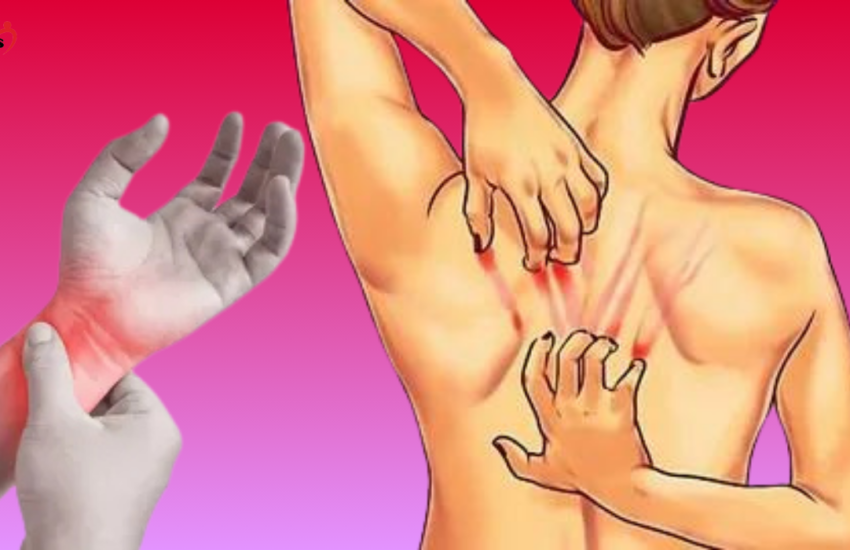7 Warning Signs You Have Clogged Arteries
Blocked blood vessels are a condition that can be dangerous to your health if not controlled on time. What are the symptoms and causes of blocked blood vessels that you should know?
The cells and various parts of the body need adequate oxygen and food every day to perform their functions optimally. For this, the arteries of the body must be completely open so that the blood filled with the above-mentioned substances can flow out.
But many problems that affect the circulatory system can occur due to various reasons, including blocked blood vessels. Are you at risk? What are the symptoms and causes of blocked blood vessels?
Symptoms of blocked blood vessels
Unfortunately, the signs and symptoms of blocked arteries usually do not appear until the patient’s condition develops and worsens, but if they do appear, you may notice these most important symptoms at different stages of the patient’s blocked arteries:
- Common symptoms of blocked blood vessels
These are the most important symptoms of blocked blood vessels that are commonly seen in an affected person:
Chest pain.
Excessive sweating.
General fatigue and tiredness.
Shortness of breath
Increased heart rate.
Persistent nausea.
Back pain.
Erectile dysfunction in men.
Stroke or heart attack.
- Symptoms of arterial blockage before stroke
Shortly before a stroke, the patient usually experiences several specific symptoms, such as:
Stumbling when trying to speak and the inability to pronounce certain letters.
Numbness, tingling, or even paralysis on one side of the body.
Loss of vision in one eye.
- Symptoms of blocked arteries in patients with peripheral arterial disease
If the blockage is related to peripheral arterial disease, the patient may experience the following symptoms:
Leg pain, which is especially bad when walking.
Gangrene.
Wounds that heal unusually slowly.
Ulcers that appear on the legs.
Heartburn, burning, or pain in the chest.
Noticeable coldness in the legs.
Pain in the shoulders or arms.
Dizziness and excessive sweating.
Jaw pain, especially in women.
Diagnosis of blocked arteries
Here are the methods used in diagnosis, such as:
Cholesterol test.
Chest X-ray.
CT scan.
Ultrasound.
Heart stress test.
Electrocardiogram.
MRI.
CT scan.
Angiography.
Causes and risk factors of blocked arteries
In some cases, the accumulation of fat, cholesterol and calcifications on the inner walls of blood vessels can lead to partial or complete blockages in these arteries.
The most important causes of blocked arteries and the factors that increase their likelihood are:
High levels of bad cholesterol in the body and low levels of good cholesterol.
Having diabetes or being in a pre-diabetic state, when a person is on the verge of developing this disease.
High blood pressure.
Smoking.
Constant anxiety.
Obesity.
Genetics.
Lack of movement.
Poor diet.
Complications and risks of blocked blood vessels
If this condition is not treated and controlled medically, blocked blood vessels can lead to serious problems, such as: various heart diseases, high blood pressure, stroke and even death.
Therefore, if you experience any symptoms of blockage in the mentioned blood vessels, it is preferable to see a doctor immediately, especially in groups that are at high risk of infection.
Tips and advice to prevent blocked blood vessels
There are several lifestyle changes you can make to reduce the chances of blood vessel blockage and the serious consequences and complications caused by this disease. Here are our most important tips in this regard:
Follow a healthy diet free of bad cholesterol causes.
Quit smoking and hookah.
Take the medications prescribed by your doctor and do not forget to go to them for regular check-ups.
Exercise and lose weight.
Quit drinking alcohol completely.



